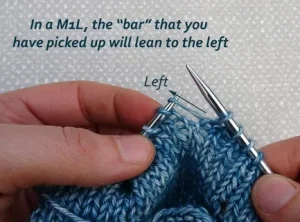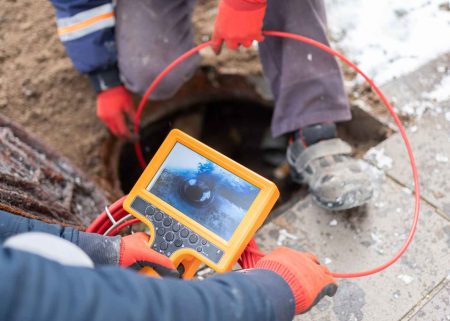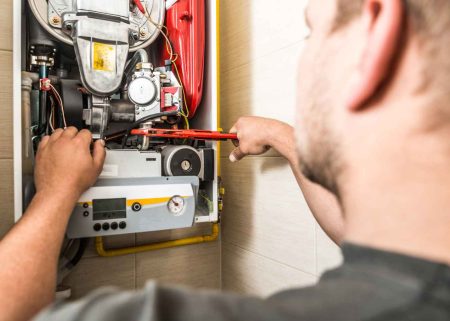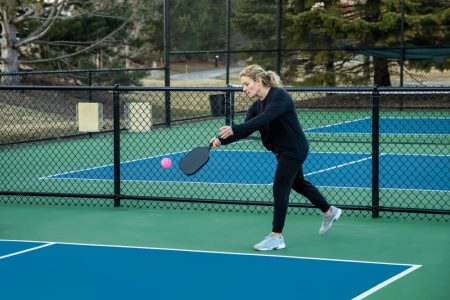Starting your first knitting project can feel exciting — and a bit overwhelming. With so many
tools and materials to choose from, it’s easy to get stuck before you even cast on your first
stitch. One of the most important decisions you’ll make is choosing the right knitting needles.
The type of needles you choose can greatly affect your comfort, progress, and the final look of
your project.
In this blog post, we’ll share with you tips on how to pick the right pair to get you started with
confidence. Read on!
Understand the Different Types of Knitting Needles
Before choosing your needles, it’s important to understand the different types available. The
most common types include straight needles, circular needles, and double-pointed needles.
For beginners, straight needles are often the best option. They’re simple, easy to handle, and
perfect for flat projects like scarves or dishcloths.
Moreover, circular needles, which have a flexible cord connecting two needle tips, are great for
knitting in the round or for large projects like blankets. Double-pointed needles are typically
used for small circular projects such as socks or hats but are better suited for more advanced
knitters.
Choose the Right Needle Material
Knitting needles, like those available at Premier Yarns, come in a variety of materials, including
bamboo, wood, metal, and plastic. Bamboo and wooden needles offer a natural grip, which
helps keep stitches from slipping — perfect for beginners. They’re lightweight and comfortable
to hold, especially during long knitting sessions.
Metal needles allow for faster knitting because the yarn glides smoothly, but they can be
slippery and noisy. Plastic needles are an affordable and flexible option, though they may not
be as durable. Think about how the material feels in your hands and how it interacts with the
yarn you’ll be using.
Pick the Correct Needle Size
The size of your knitting needles refers to the diameter of the needle, which affects the size of
your stitches. Choosing the right size is essential for achieving the correct tension and final
dimensions of your project. Beginners often start with medium-sized needles, such as US size
8 (5 mm), which are easier to handle and work well with worsted weight yarn — a common
choice for first projects. Always check your pattern for the recommended needle size, and
remember that a needle size change may be needed to match the required gauge.
Match the Needle to Your Yarn
Your knitting needle and yarn should work well together in both size and texture. Using a thick
needle with a very fine yarn, or vice versa, can lead to frustration and an uneven fabric. Most
yarn labels suggest an appropriate needle size, so use that as a guideline. If your yarn is
smooth and slippery, a grippy wooden or bamboo needle might help keep your stitches in
place. If your yarn is thick or textured, a smoother needle surface can make it easier to
maneuver your stitches.
Consider the Length of the Needle
Needles come in various lengths, and the right one depends on the width of your project.
Shorter needles (10 inches or less) are ideal for small items like scarves or baby clothes.
Longer needles may be needed for projects with a lot of stitches, such as wide shawls or
sweaters. Circular needles can be used for flat knitting as well, and they help distribute weight
more evenly, reducing strain on your hands and wrists.
Test the Feel in Your Hands
Comfort is key when knitting, especially for beginners. The right needles should feel good in
your hands, neither too heavy nor too slippery. If possible, try holding a few different types in a
craft store before buying. Everyone’s hands and knitting style are different, so what works well
for one person might not suit another. Don’t be afraid to experiment until you find a pair that
feels right.
Choosing your first pair of knitting needles is all about finding the right balance between
comfort, practicality, and the needs of your project. By understanding the types of needles
available, considering materials and sizes, and matching them to your yarn, you'll set yourself
up for a smoother, more enjoyable knitting experience. Don’t worry about getting it perfect
right away — part of the fun is learning what works best for you. With the right tools in hand,
you're ready to dive in and enjoy the creative journey ahead.











